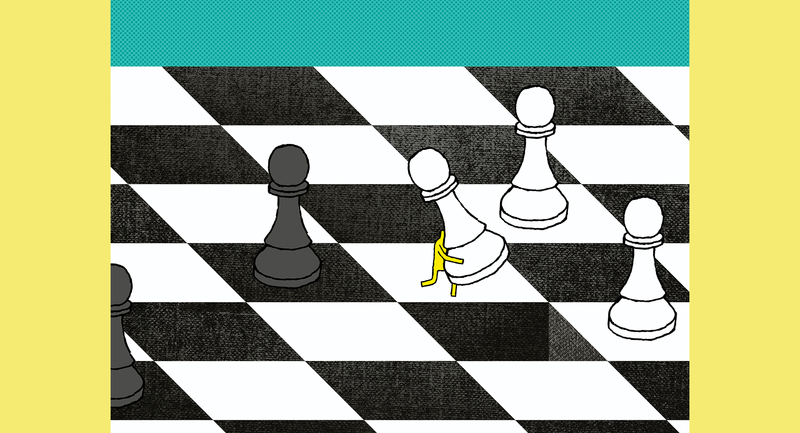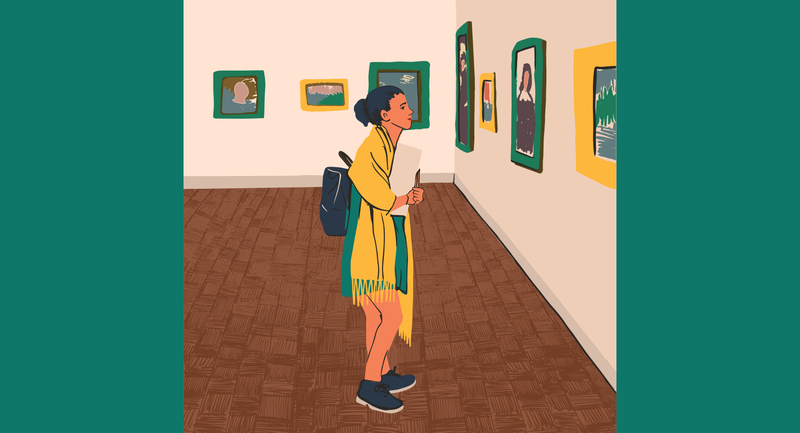We're laying out practical remote techniques for a formative assessment framework's five instructional strategies. Catch up on our first installment, "Understanding Learning Intentions" and second installment, "Evidence and Feedback."
Figure 1: 5 Instructional Strategies
Of the five strategies of formative assessment, the issue of peer collaboration is the one that depends most critically on how teachers organize online learning. If the remote software supports breakout rooms, there are greater possibilities for collaboration than when the main interaction is between individual students and teacher.
Strategies for Peer Collaboration
Check Your Partner
When students work in pairs, teachers might try techniques like the "pre-flight checklist." Before a student can submit a piece of work, a partner has to check that necessary components are present in the work. To ensure students take the task seriously, the teacher can stress that they will be looking at the accuracy of the partner's check just as much as the quality of the student's submitted work. Or, before handing a piece of work, a student asks a partner for "two stars and wish"—two positive features of the work and one that needs attention—and again, the teacher focuses on the helpfulness of the peer support as much as on the submitted work.
One digital tool to create pre-flight checklists uses the Digital Learning Selector (New South Wales Department of Education) through Office 365 or Google forms. The form allows users to create a list of components and check yes/no responses of whether the component is present in the work.
Another possibility is having a student ask a partner for “two stars and a wish”—two positive features of the work and one that needs attention— before handing in a piece of work. Again, the teacher focuses on the helpfulness of the peer support as much as on the submitted work.
Small-Group Questions and Testing
For group pairings, the teacher might ask students at the end of a presentation to formulate any questions they might have. After all, if no one in the group has the answer to a question, it's not a foolish question. This technique can be further strengthened by requiring each group to submit one question: "If you had to ask one question now, what would it be?"
Small groups can also work together on responses to tests. The so-called "testing effect" is one of the best demonstrated effects in cognitive psychology—being tested actually improves your memory for what you are tested on even if teachers don't give a score. Teachers can decrease test anxiety by letting the students know that the students themselves, in groups of three or four, will compile the best composition response to the test and share their answers instead of the teacher grading individual responses.
Peer Review
Another method for giving students opportunities to be learning resources for one another in remote teaching is the peer review (focused on shared learning intentions and the success criteria). Use a learning management system that has peer review features built in or a paper-based, chat, or text method. A maker-space approach, in which students create an artifact or a passion project, is an easy one to start with.
An example is in the Assessment and Teaching of 21st Century Skills project for the Second Language Chat activity. Students get a chance to explore outside the "class" space by bringing middle-school age English-as-a-first-language speakers into peer-facilitated chat with English language learners in other classrooms. It is key that students learn how to facilitate and supply peer feedback, which encourages students to own their learning and serve as learning resources for one another.
Sharing Mistakes
In our mistake-making model for secondary education (which we discussed in our first installment as an approach that inculcates a love of mistakes), we recommend creating online chat "channels" that will guide students. For instance, the model uses a Slack channel where students can post resources or links they have found helpful to their learning. Students may also post their own notes for sharing, such as in the example below, where a student has captured the idea of writing her own SMART goals to create success criteria.
Because this is a mistake-making model, the channel's primary use is for students to post about their mistakes and what they found hard. Students learn that by missing a problem or perspective, and providing it to the group, they may actually be providing more value than if they answered correctly. This desire to contribute is strong among students. Putting value on learning from mistakes, rather than on the getting to the right answer or the "only" solution, can be a strong goal for remote teaching.
Once students see mistakes as an important contribution, this kind of channel approach can become especially useful. Channels are searchable and taggable and allow threads of responses. A myriad of student-created ideas may be both more accessible and more engaging to other students than just hearing from the teacher.
Student-Owned Feedback
However, for teachers to really own the idea of students as learning resources for each other, it is important to be frank with students that in many areas, there are lots of ways to solve problems, address solutions, and provide reflection. They need to open up the space for students to post their own solutions, even if the student thinking has not landed on precisely the "best" solution from the teacher's perspective.
Teacher feedback should encourage students to learn more ways of contributing, providing new ideas, and starting to take ownership. But inviting the students into effective agency cannot mean simply replacing the student solution with what the teacher knows. Showing how to bridge the student perspective and the knowledge base can mean posing questions about students' solutions.
A Student-Centered Approach to Evaluation
At the end of a presentation to students, teachers often ask whether students have any questions. This is, of course, a good thing to do, but it is even better if the teacher tells the students at the beginning of the session that they will have to ask at least one question at the end of the session. When students know this expectation, they listen to the presentation more closely, and, as a result, remember more of the content days later.
Some teachers ask students to self-assess using a "traffic-light" system, rating their understanding of the material as green, yellow, or red. But there are two problems with this approach. The first is that students may not be willing to reveal their lack of understanding and will pretend that they do understand when they know they do not. A more significant problem, however, is that the less people know about a topic, the more likely they are to overestimate their knowledge (David Dunning and Justin Kruger). As Daniel Pink remarked, "Rule one of Dunning-Kruger club is you don't know you are in Dunning-Kruger club."
This is why techniques that encourage students to be more specific in their self-evaluations can be very useful. For example, after completing a piece of work, teachers might ask students to complete a "plus-minus-interesting" review of the task: something you found easy, something you found challenging, and something you found interesting. Students become clearer and sharper in asking for help, which saves the teacher a substantial amount of time and also helps with self-evaluation.
This does not mean we are asking students to learn without support. In fact, just the opposite. These approaches require skilled and caring teachers, especially in remote learning. One of the biggest equity issues today is expecting "gritty" students to be responsible for their own learning. This does not create a level playing field. Instead, learning and employing formative strategies is one of the most effective ways to effectively support all learners.
We should remember that the five formative strategies described in our first and second installments and above are already well known to many teachers. Revisiting how to implement them in remote learning is important and does not have to be a big lift—but it can take thinking about implementation a little differently.







